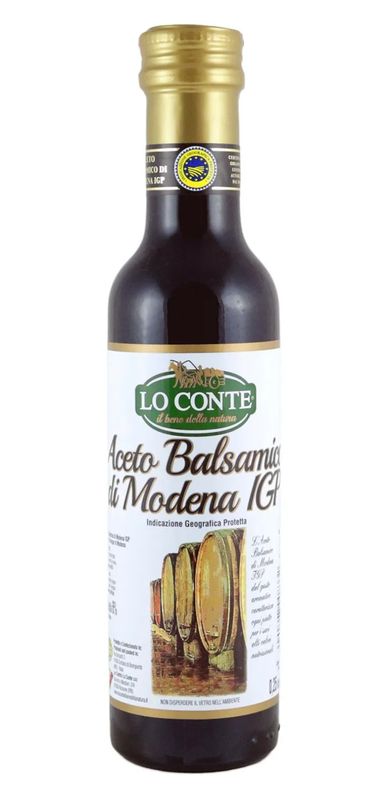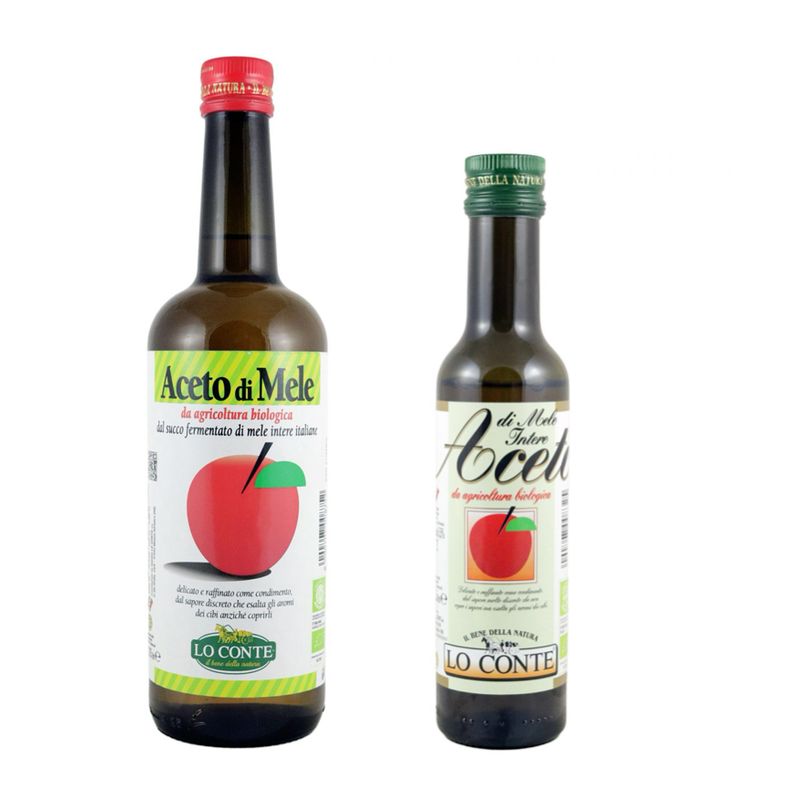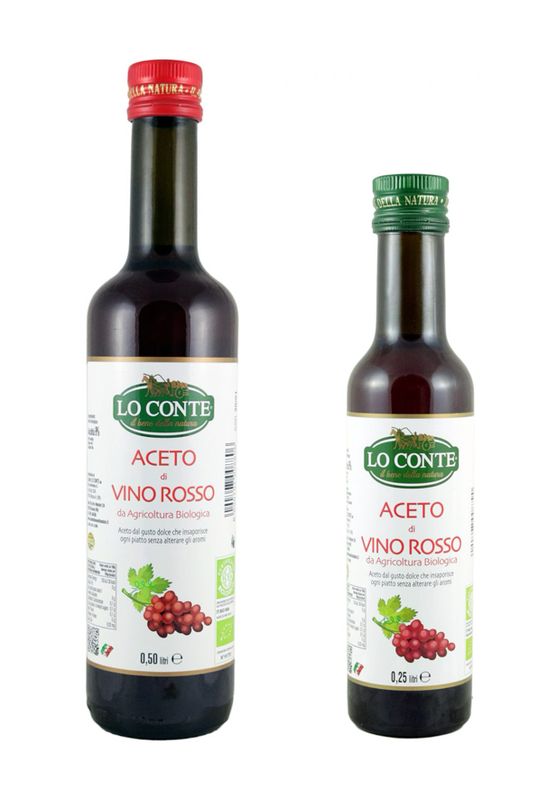Vinegars and balsamic vinegars
The history of vinegar is very ancient and has its roots in the earliest civilizations. It is thought that vinegar was discovered accidentally through the fermentation of alcohol-containing liquids, such as wine or cider. The ancient Egyptians and Mesopotamians used it for food preservation and in mummification, thanks to its antibacterial properties.
Key points on the history of vinegar
- Ancient origins: The first traces of vinegar use date back approximately 5,000 years ago, in Mesopotamia and Egypt.
- Uses in antiquity: Vinegar was used to preserve foods, as a thirst-quenching drink mixed with water (e.g., posca in ancient Rome), and for medicinal purposes.
- Development of techniques: In the Middle Ages, vinegar production techniques were refined, and during the communal period, producers' guilds were formed.
- Balsamic Vinegar: The history of Traditional Balsamic Vinegar of Modena is closely linked to the Emilian region and centuries-old traditions of cooking grape must.
- Today: Vinegar continues to be an important ingredient in cooking and is used in various ways, both as a condiment and for its beneficial properties.
Vinegar is an acidic liquid obtained from the acetic fermentation of alcoholic liquids, such as wine, cider, or beer. It is primarily used as a condiment and for food preservation.
More detailed definition:
Vinegar is a product of acetic fermentation, a process in which bacteria of the Acetobacter genus, in the presence of air and water, oxidize the ethanol present in fermented alcoholic beverages. This process converts the alcohol into acetic acid, giving vinegar its characteristic sour flavor.
In addition to acetic acid, vinegar contains water, alcohol, aldehydes, ethers, and small amounts of free amino acids and mineral salts. It does not evaporate or freeze like water.
Vinegar has a long history and has been used since ancient times to flavor and preserve foods. Its production is widespread throughout the world and there are different varieties, depending on the raw material used (wine, apples, rice, etc.).
Refine by
Filters
Filters
100% Italian 🇮🇹

KALINDRA | Lo Conte. Organic Balsamic Vinegar of Modena. 250 ml / 8.45 fl oz
KALINDRA | Lo Conte. Organic Balsamic Vinegar of Modena. 250 ml / 8.45 fl oz
Produced by a controlled natural supply chain and selected as a specialty of the province of Rimini: Emilia Romagna region.
SKU LCNT_0903.0250
Original price € 6,63
Save 15%
€ 5,64
100% Italian 🇮🇹

KALINDRA | Lo Conte. Organic Apple Cider Vinegar. 2 available formats.
KALINDRA | Lo Conte. Organic Apple Cider Vinegar. 2 available formats.
Produced by a controlled natural supply chain and selected as a specialty of the province of Rimini: Emilia Romagna region.
SKU LCNT_090X
Original price € 6,63
Save 60%
€ 2,67
100% Italian 🇮🇹

KALINDRA | Lo Conte. Organic Red Wine Vinegar. 2 formats available.
KALINDRA | Lo Conte. Organic Red Wine Vinegar. 2 formats available.
Produced by a controlled natural supply chain and selected as a specialty of the province of Rimini: Emilia Romagna region.
SKU LCNT_090Y
Original price € 6,63
Save 58%
€ 2,79
Display prices in:EUR
